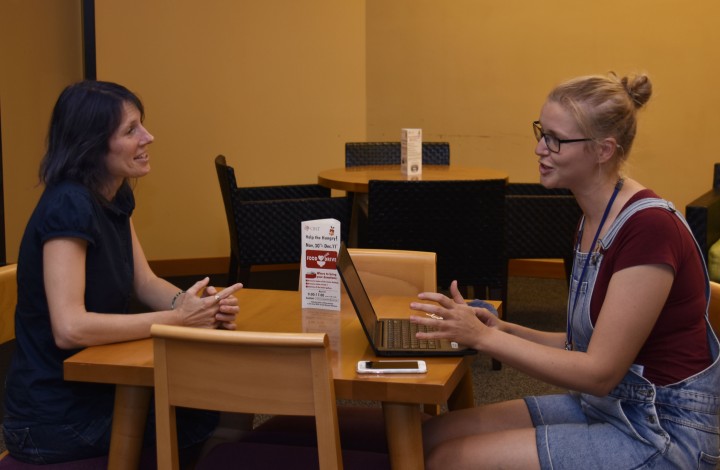Reduce, reuse, recycle… or remove
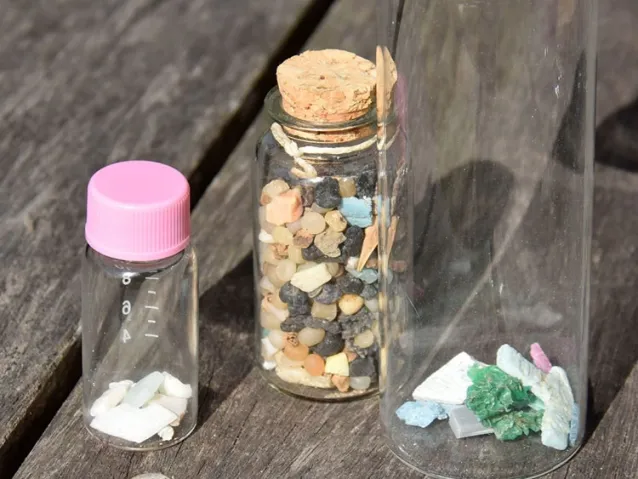
The latest OIST column in the Asahi Shimbun GLOBE+ is out now. This month, science writer Lucy Dickie interviewed PhD candidate Christina Ripken about her research on marine microplastics. The article is in Japanese, but the original English translation is given below.
The article was published in Japanese but you can read the original English version below.
Reduce, reuse, recycle… or remove
In 2010, Christina Ripken was living in San Francisco when she started to notice small plastic pellets on the beaches there. That year alone, around eight million tons of plastic – a material that mineralizes but never truly breaks down – had entered the world’s oceans. But what Christina was noticing wasn’t like the plastic bags or water bottles that were, by then, commonly seen on beaches and in the water. Rather, these were tiny pieces of plastic – less than 5mm in size. Yet, they caught Christina’s attention.
“Nobody really knew much about how these particles affect marine life,” Christina explained. “I read a couple of scientific papers on microplastics and one of them was from 1972. It was written 40 years before! People had known about marine microplastics for nearly half a century and yet, we didn’t know what they did or where they went. I wanted to know.”
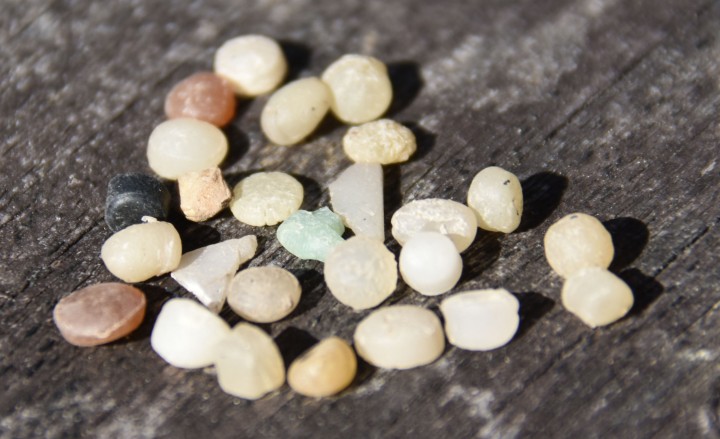
A decade later, and half the world from San Francisco, Christina has just defended her PhD at the Okinawa Institute of Science and Technology Graduate University (OIST). Her research looked at whether there are tiny plastics in the ocean around Okinawa, and the impacts that these plastics have on important marine organisms called plankton.
Caption: Christina Ripken holds up a jar of microplastics that were collected from a local beach.
Microplastics refer to plastic particles that are less than 5mm in size. By the time Christina began her PhD in 2015, scientists around the world had started looking at this type of plastic. But, by using OIST’s cutting-edge technology, Christina took her research one step further and included nanoplastics, which are as small as one micron in size and hadn’t been studied extensively elsewhere.
In the first part of her PhD, she worked with staff members from the Okinawa Prefecture Government and used their boat to collect samples from eleven sites around the island to see if micro- and nanoplastics were present. Research looking at micro- and nanoplastic pollution around Okinawa had never been carried out before, so this initial assessment offered a screenshot into the abundance, distribution, type, and trace metal contamination of the plastic particles in the area.
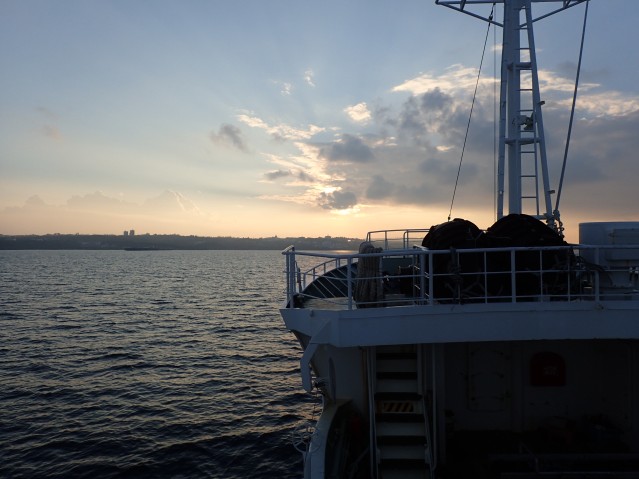
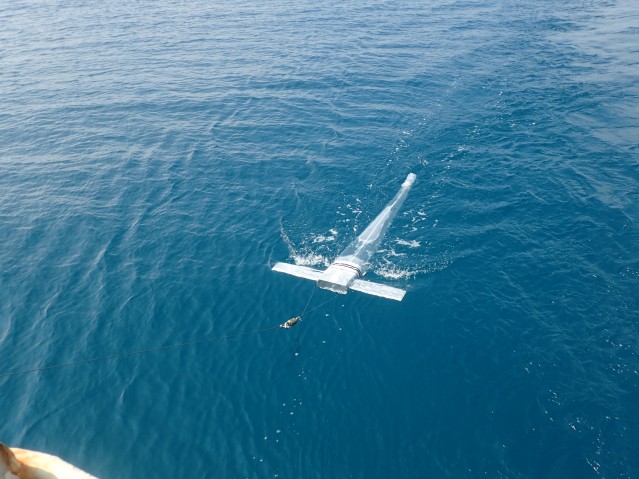
When it came to analyzing these samples, Christina found herself in a unique position. She’s a biologist by training but, at OIST, was based in a research unit that predominantly worked with physics techniques, meaning that she could apply these techniques to her biological questions. This came in the form of optical tweezers, which uses a laser to hold the nanoparticle in liquid. Usually, biologists filter the samples and remove all the organic material. But this method meant that Christina could see exactly what the particle was, whether that be plastic, organic matter, wood, or minerals.
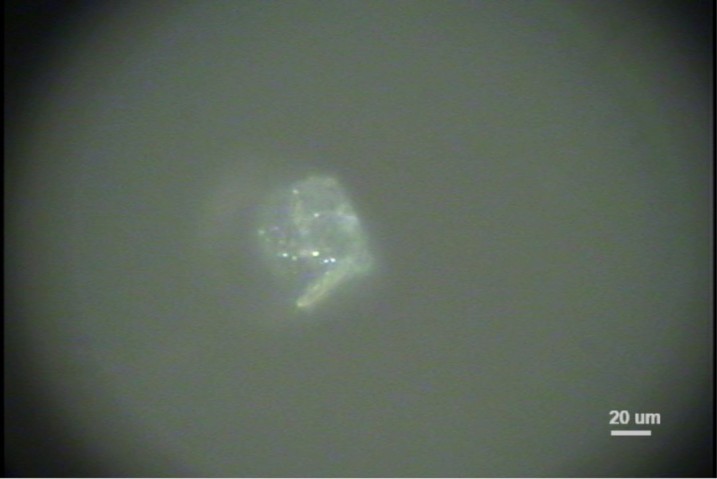
“That was a wow moment for me,” she said. “I was looking at a tiny piece of organic matter and I could see plastic within it and identify exactly what was what. We found microplastics in all eleven sites that we visited. And we found that they had trace metals in them, which can have long-term environmental impacts.”
Next, Christina set up experiments where four different species of plankton. She mixed different concentrations of nanoplastics in with the seawater and observed whether the plankton consumed the plastic and if this impacted their ability to grow, photosynthesize, and create the necessary proteins.
Plankton are important organisms as they form the basis of the food chain, feeding everything from shellfish all the way up to whales. These experiments looked at a species of dinoflagellate, which forms a symbiosis with coral and sea anemone, two species of free-living diatoms, and a common species of cyanobacteria.
Christina’s research showed that even low concentrations of plastics caused a negative effect. From her experiments, she saw reductions in growth rate and photosynthesis across the four species. This meant that there would be ecological implications. But the degree to how large these impacts were depended on the species, how much plastic they were exposed to, and how much trace metal the plastic contained.
“The ecosystem is going to change to encompass this plastic component,” Christina said. “Other researchers are now looking at this in more detail and seeing if these changes are reversible. We need to know how it is going to change and what that means for the different animals on different levels of the food web.”
And with these tiny pieces of plastic entering the food web of fish, seabirds, and marine mammals, they can quite easily end up on our own plate.
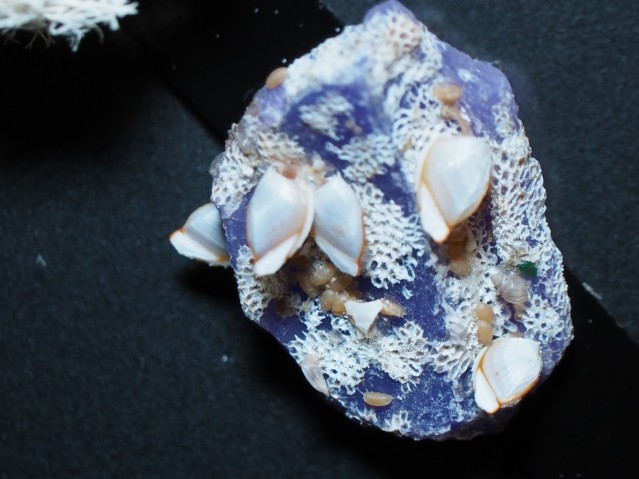
“If we don’t change something drastically, we’re going to have a big problem – and this isn’t even about future generations, this is about our health,” said Christina. “We all want to have cellphone cases, and clothes, and carpet but they’re all made of plastic. If the plastic ends up in the ocean, then it’s ending up in our food. I don’t want these particles in my food and in my brain. We need to figure out how we can have plastic in our everyday life without endangering the planet.”
Christina’s final message was that anything that can’t be reduced, reused, or recycled, should be removed from production – especially single use plastics.
